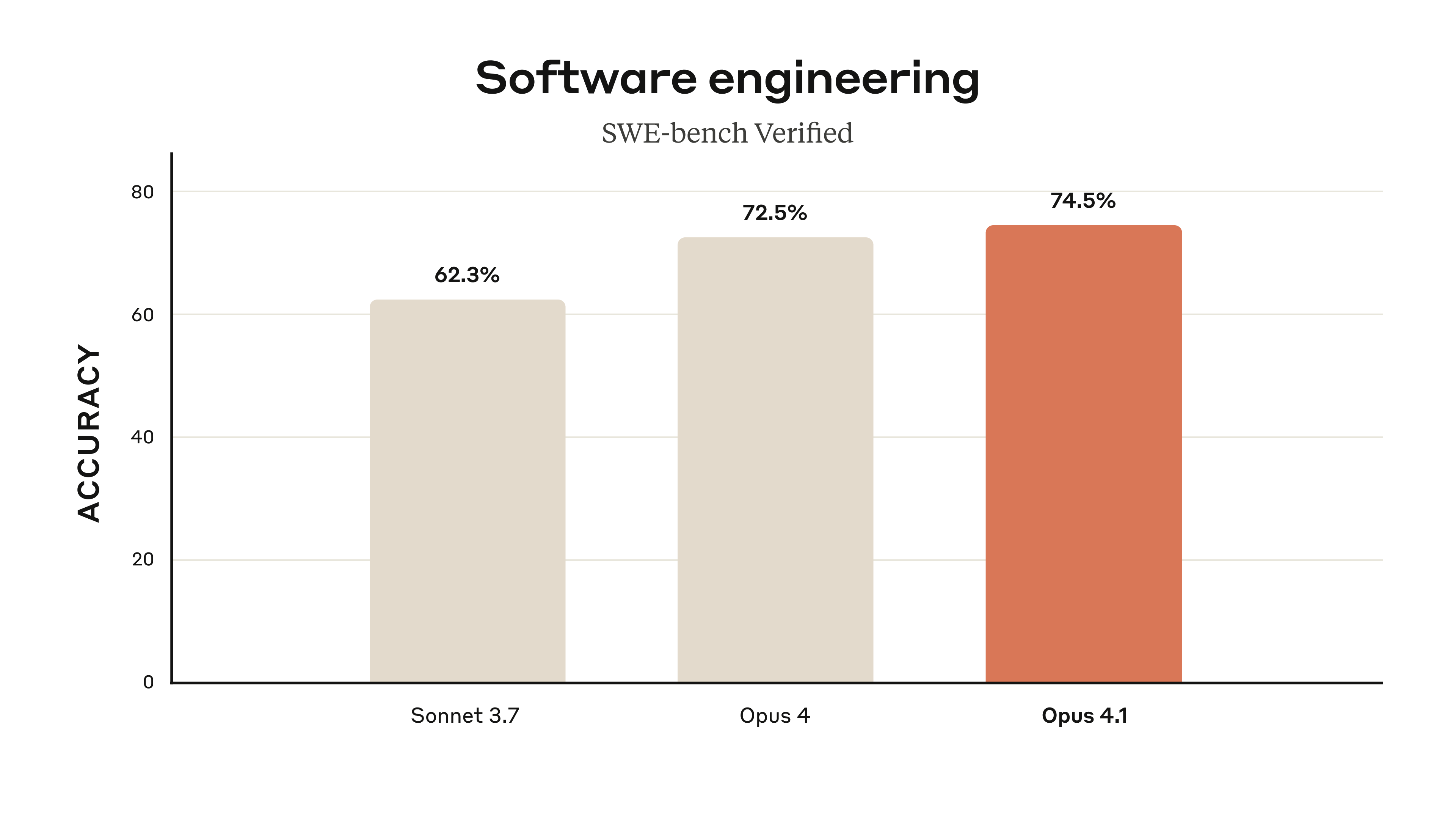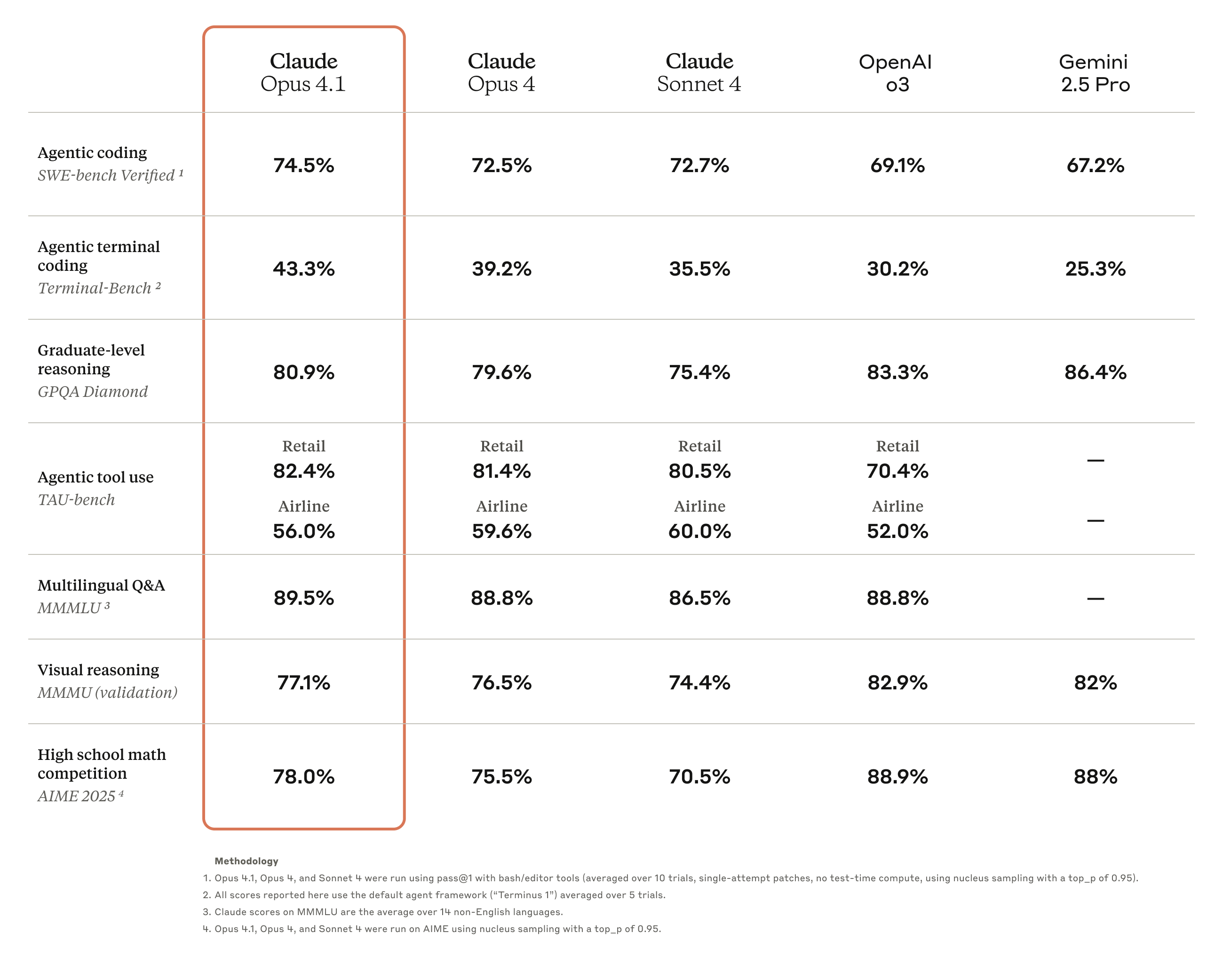Before OpenAI released GPT-5 last Thursday, CEO Sam Altman said its capabilities made him feel “useless relative to the AI.” He said working on it carries a weight he imagines the developers of the atom bomb must have felt.
As tech giants converge on models that do more or less the same thing, OpenAI’s new offering was supposed to give a glimpse of AI’s newest frontier. It was meant to mark a leap toward the “artificial general intelligence” that tech’s evangelists have promised will transform humanity for the better.
Against those expectations, the model has mostly underwhelmed.
People have highlighted glaring mistakes in GPT-5’s responses, countering Altman’s claim made at the launch that it works like “a legitimate PhD-level expert in anything any area you need on demand.” Early testers have also found issues with OpenAI’s promise that GPT-5 automatically works out what type of AI model is best suited for your question—a reasoning model for more complicated queries, or a faster model for simpler ones. Altman seems to have conceded that this feature is flawed and takes away user control. However there is good news too: the model seems to have eased the problem of ChatGPT sucking up to users, with GPT-5 less likely to shower them with over the top compliments.
Overall, as my colleague Grace Huckins pointed out, the new release represents more of a product update—providing slicker and prettier ways of conversing with ChatGPT—than a breakthrough that reshapes what is possible in AI.
But there’s one other thing to take from all this. For a while, AI companies didn’t make much effort to suggest how their models might be used. Instead, the plan was to simply build the smartest model possible—a brain of sorts—and trust that it would be good at lots of things. Writing poetry would come as naturally as organic chemistry. Getting there would be accomplished by bigger models, better training techniques, and technical breakthroughs.
That has been changing: The play now is to push existing models into more places by hyping up specific applications. Companies have been more aggressive in their promises that their AI models can replace human coders, for example (even if the early evidence suggests otherwise). A possible explanation for this pivot is that tech giants simply have not made the breakthroughs they’ve expected. We might be stuck with only marginal improvements in large language models’ capabilities for the time being. That leaves AI companies with one option: Work with what you’ve got.
The starkest example of this in the launch of GPT-5 is how much OpenAI is encouraging people to use it for health advice, one of AI’s most fraught arenas.
In the beginning, OpenAI mostly didn’t play ball with medical questions. If you tried to ask ChatGPT about your health, it gave lots of disclaimers warning you that it was not a doctor, and for some questions, it would refuse to give a response at all. But as I recently reported, those disclaimers began disappearing as OpenAI released new models. Its models will now not only interpret x-rays and mammograms for you but ask follow-up questions leading toward a diagnosis.
In May, OpenAI signaled it would try to tackle medical questions head on. It announced HealthBench, a way to evaluate how good AI systems are at handling health topics as measured against the opinions of physicians. In July, it published a study it participated in, reporting that a cohort of doctors in Kenya made fewer diagnostic mistakes when they were helped by an AI model.
With the launch of GPT-5, OpenAI has begun explicitly telling people to use its models for health advice. At the launch event, Altman welcomed on stage Felipe Millon, an OpenAI employee, and his wife, Carolina Millon, who had recently been diagnosed with multiple forms of cancer. Carolina spoke about asking ChatGPT for help with her diagnoses, saying that she had uploaded copies of her biopsy results to ChatGPT to translate medical jargon and asked the AI for help making decisions about things like whether or not to pursue radiation. The trio called it an empowering example of shrinking the knowledge gap between doctors and patients.
With this change in approach, OpenAI is wading into dangerous waters.
For one, it’s using evidence that doctors can benefit from AI as a clinical tool, as in the Kenya study, to suggest that people without any medical background should ask the AI model for advice about their own health. The problem is that lots of people might ask for this advice without ever running it by a doctor (and are less likely to do so now that the chatbot rarely prompts them to).
Indeed, two days before the launch of GPT-5, the Annals of Internal Medicine published a paper about a man who stopped eating salt and began ingesting dangerous amounts of bromide following a conversation with ChatGPT. He developed bromide poisoning—which largely disappeared in the US after the Food and Drug Administration began curbing the use of bromide in over-the-counter medications in the 1970s—and then nearly died, spending weeks in the hospital.
So what’s the point of all this? Essentially, it’s about accountability. When AI companies move from promising general intelligence to offering humanlike helpfulness in a specific field like health care, it raises a second, yet unanswered question about what will happen when mistakes are made. As things stand, there’s little indication tech companies will be made liable for the harm caused.
“When doctors give you harmful medical advice due to error or prejudicial bias, you can sue them for malpractice and get recompense,” says Damien Williams, an assistant professor of data science and philosophy at the University of North Carolina Charlotte.
“When ChatGPT gives you harmful medical advice because it’s been trained on prejudicial data, or because ‘hallucinations’ are inherent in the operations of the system, what’s your recourse?”
This story originally appeared in The Algorithm, our weekly newsletter on AI. To get stories like this in your inbox first, sign up here.



